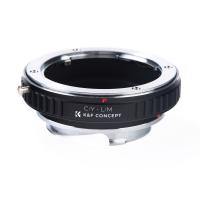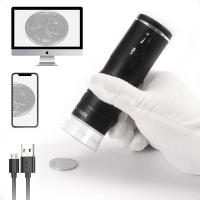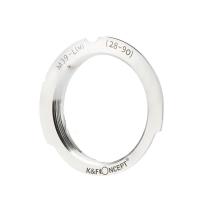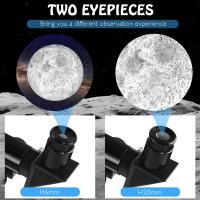What Are The Parts Of A Microscope ?
The main parts of a microscope include the eyepiece, objective lenses, stage, condenser, diaphragm, light source, and focus knobs.
1、 Eyepiece
The parts of a microscope include the eyepiece, also known as the ocular lens, which is the lens closest to the eye. It is responsible for magnifying the image produced by the objective lens. The eyepiece typically has a magnification power of 10x, although higher magnification options are available.
In addition to the eyepiece, a microscope consists of several other essential components. The objective lens is located near the specimen and is responsible for gathering light and forming the initial image. Microscopes usually have multiple objective lenses with different magnification powers, such as 4x, 10x, 40x, and 100x.
The stage is the platform where the specimen is placed for observation. It often includes clips or a mechanical stage to hold the specimen securely in place. The condenser is located beneath the stage and focuses light onto the specimen, enhancing the clarity of the image.
The focus knobs, including the coarse and fine adjustment knobs, allow for precise focusing of the specimen. The coarse adjustment knob is used for initial focusing, while the fine adjustment knob is used for fine-tuning the focus.
Modern microscopes may also include additional features such as built-in LED illumination, digital cameras for capturing images, and computer connectivity for image analysis and documentation.
It is important to note that the specific parts and features of a microscope may vary depending on the type and model. Advances in technology have led to the development of more sophisticated microscopes with improved optics, higher magnification capabilities, and enhanced imaging options.

2、 Objective lenses
The parts of a microscope include the objective lenses, which are a crucial component of the instrument. Objective lenses are responsible for magnifying the specimen being observed and are located at the lower end of the microscope's body tube. They are typically available in different magnification powers, allowing scientists and researchers to view specimens at various levels of detail.
Objective lenses are designed with different numerical apertures, which determine the resolving power and clarity of the image produced. Higher numerical aperture lenses provide greater resolution and allow for more detailed observations. In recent years, advancements in lens technology have led to the development of high-performance objective lenses with improved resolution and image quality.
One such advancement is the introduction of oil immersion lenses. These objective lenses require a drop of immersion oil to be placed between the lens and the specimen. The oil has a refractive index similar to glass, which minimizes the loss of light and increases the numerical aperture, resulting in enhanced resolution. Oil immersion lenses are commonly used in high-resolution microscopy techniques such as oil immersion microscopy and confocal microscopy.
Additionally, some modern microscopes are equipped with specialized objective lenses for specific applications. For example, there are objective lenses designed for phase contrast microscopy, fluorescence microscopy, and differential interference contrast (DIC) microscopy. These lenses are optimized to enhance specific features of the specimen or to enable the visualization of specific cellular structures or molecules.
In conclusion, objective lenses are an essential part of a microscope, responsible for magnifying the specimen and determining the level of detail that can be observed. Recent advancements in lens technology, such as oil immersion lenses and specialized lenses for different microscopy techniques, have further improved the resolution and capabilities of microscopes.
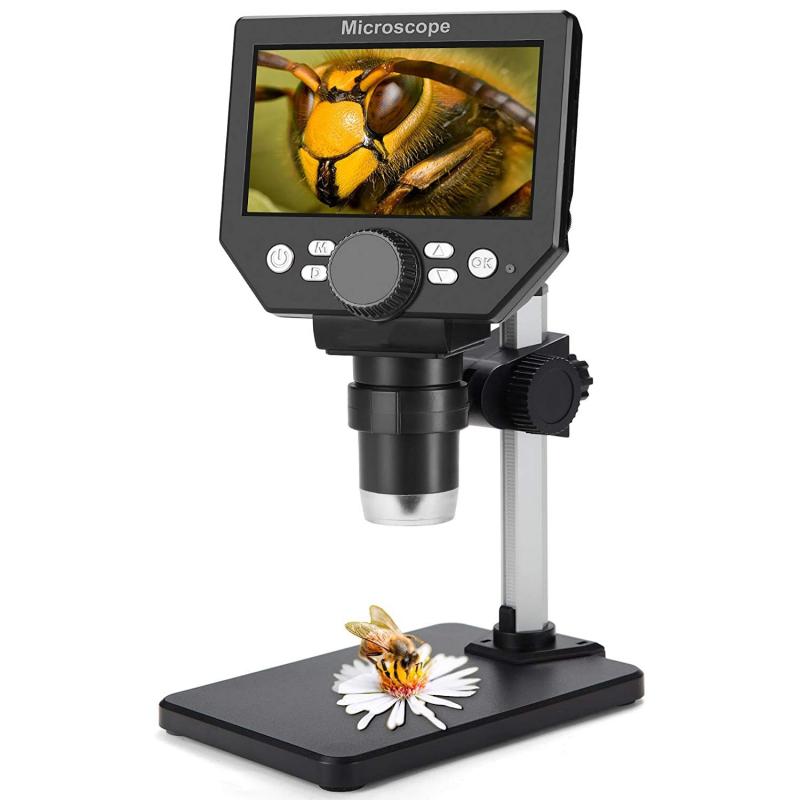
3、 Stage
The stage is one of the essential parts of a microscope. It is a flat platform where the specimen or slide is placed for observation. The stage typically has a hole or opening in the center to allow light to pass through the specimen. It is usually equipped with stage clips or a mechanical stage to hold the slide in place and prevent it from moving during observation.
In addition to its basic function of holding the specimen, the stage may also have other features to enhance the user experience. Some microscopes have a stage control knob that allows for precise movement of the stage in different directions, enabling the user to navigate the specimen easily. This feature is particularly useful when examining larger specimens or when conducting detailed observations.
Moreover, modern microscopes often come with an adjustable stage height feature. This allows the user to raise or lower the stage to accommodate different slide thicknesses or to focus on different layers of the specimen. This feature enhances the versatility of the microscope and enables more accurate observations.
Furthermore, some advanced microscopes may have a motorized stage, which can be controlled electronically. This allows for automated scanning of the specimen, making it easier to locate specific areas of interest and conduct systematic observations.
Overall, the stage is a crucial component of a microscope as it provides a stable platform for specimen observation. Its design and additional features have evolved over time to improve user experience and enhance the capabilities of modern microscopes.
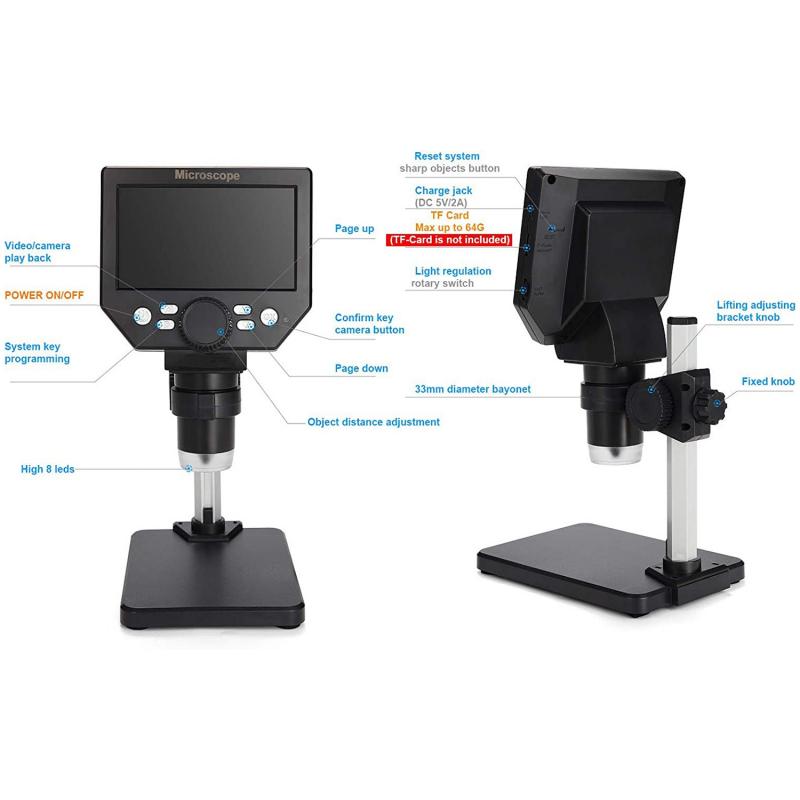
4、 Condenser
The parts of a microscope include the condenser, which is an essential component that plays a crucial role in focusing and directing light onto the specimen being observed. The condenser is typically located beneath the stage and above the light source.
The main function of the condenser is to gather and concentrate light onto the specimen, enhancing the contrast and resolution of the image. It consists of a series of lenses that work together to focus the light into a narrow beam. The condenser also contains an adjustable diaphragm, which controls the amount of light passing through.
In recent years, there have been advancements in condenser technology to improve the performance of microscopes. One such advancement is the development of the Abbe condenser, named after its inventor Ernst Abbe. The Abbe condenser is designed to minimize spherical and chromatic aberrations, resulting in sharper and more accurate images.
Another recent development is the introduction of the darkfield condenser, which is used for observing transparent or translucent specimens. The darkfield condenser blocks the direct light from reaching the objective lens, causing the specimen to appear bright against a dark background. This technique is particularly useful for studying live organisms or specimens with low contrast.
In summary, the condenser is a vital part of a microscope that helps to focus and direct light onto the specimen. Recent advancements in condenser technology have led to improved image quality and enhanced observation techniques.





















